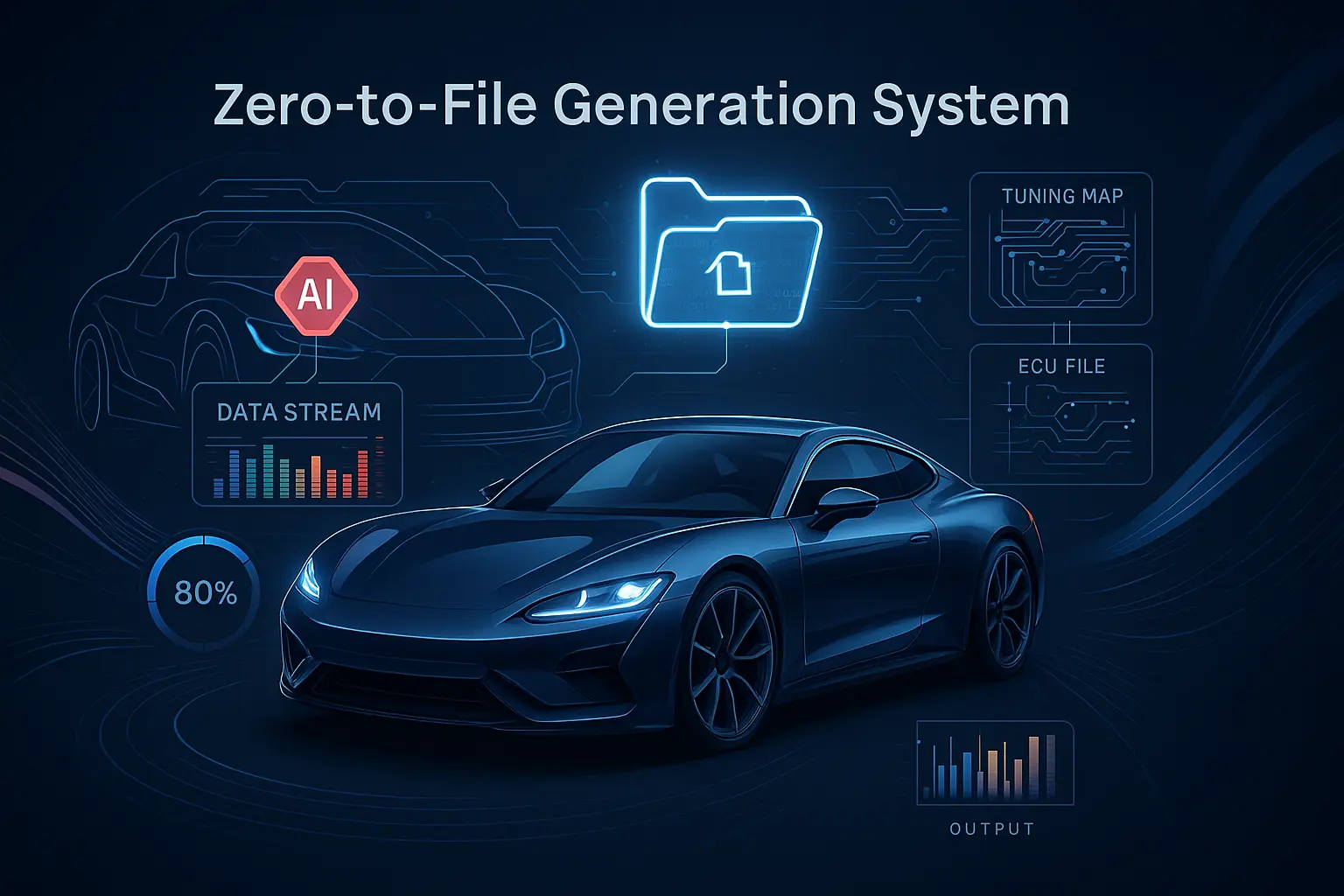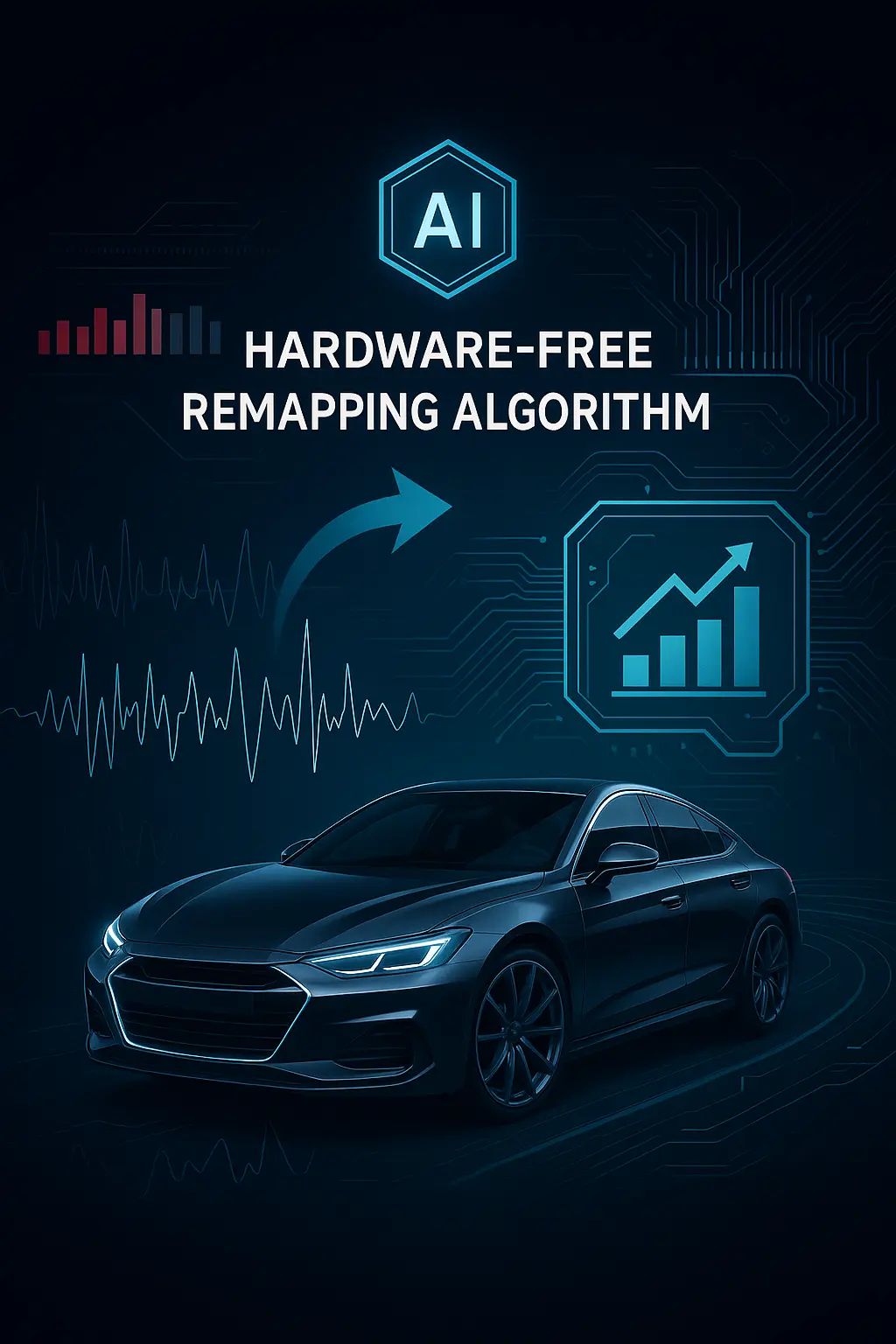AI Speed Limiter Controller | Boost Safety & Precision
🔧 Introduction
As intelligent driving systems become more widespread, the need for precise and adaptable speed management tools has never been greater. A modern AI speed limiter controller offers real-time vehicle speed adjustment using artificial intelligence — without relying on rigid thresholds or hardware-based limitations.
Instead of enforcing a static speed limit, this system adapts dynamically to traffic, road conditions, and even driver behavior. It’s smart, flexible, and future-ready.
⚙️ What Is an AI Speed Limiter Controller?
An AI speed limiter controller is a software-driven system that monitors and controls a vehicle’s maximum speed using artificial intelligence. Unlike traditional limiters that cap speed manually or mechanically, this system:
Interprets real-time driving data
Analyzes road conditions and limits
Predicts optimal speed ranges
Automatically applies corrections through ECU
Responds to traffic flow, GPS input, or AI-based driving modes
This results in adaptive speed control, helping drivers maintain safe speeds without sacrificing performance.
🧪 How Does It Work?
Data Collection: AI gathers input from speed sensors, GPS, map data, camera systems, and driver behavior.
Decision Logic: Using trained models, the system evaluates speed in relation to limits, safety margins, and real-time context.
ECU Interaction: The AI sends throttle control or torque limiter commands to keep the vehicle within optimal speed range.
Driver Feedback: On-screen notifications, sound alerts, or haptic steering feedback can notify the driver about active control.
🎯 Benefits of AI Speed Limit Control
✅ Adaptive Regulation
Speed is continuously adjusted based on external and internal factors — not just driver-set limits.
✅ Safety-First Logic
Minimizes speeding violations, accident risk, and overdriving under unsafe conditions.
✅ Increased Fuel Efficiency
Optimized speed means better fuel economy in long-term driving conditions.
✅ No Extra Hardware
Works with existing ECU and vehicle data, requiring no additional physical limiter device.
✅ Ideal for Autonomous & Semi-Autonomous Vehicles
AI-controlled speed logic aligns perfectly with next-gen driving systems.
📊 Key Parameters Managed by AI Speed Limiter
| Parameter | AI Influence |
|---|---|
| Current Speed | Compared to legal & contextual limits |
| Engine Load | Adjusts speed to reduce strain |
| GPS & Road Mapping | Auto-tunes max speed by zone |
| Weather / Traffic Data | Lower speed thresholds applied |
| Driver Style | Learns preferences and corrects outliers |
🤖 How MetaECU AI Integrates Speed Limiting
MetaECU AI offers AI-powered modules that:
Read vehicle speed and traffic context in real time
Apply adaptive throttle restrictions or torque cuts
Provide over-the-air limit updates (based on country, region)
Integrate with OBD or direct ECU access
Log every limiter intervention for analysis and safety auditing
🔗 Related Resource
Want to see how AI tunes performance as well?
Check our AI-Powered Engine Sound-Based Tuning
🚘 Who Should Use AI Speed Limiters?
Fleet operators managing delivery vehicles or logistics
Autonomous vehicle developers
Smart city traffic systems integrators
Eco-conscious drivers seeking efficiency
Performance vehicles with adaptive logic modules
🔚 Conclusion
The AI speed limiter controller is more than a safety tool — it’s a performance partner. By monitoring context and adjusting intelligently, it protects drivers, passengers, and pedestrians alike.
As we move toward fully autonomous driving, systems like these will become the foundation of smart vehicle behavior. Whether you manage a fleet or build tuning platforms, integrating AI-based speed management is no longer optional — it’s essential.
👉 Ready to make your speed limits smart?
Discover how MetaECU AI can bring adaptive, intelligent speed control to your vehicles today.


